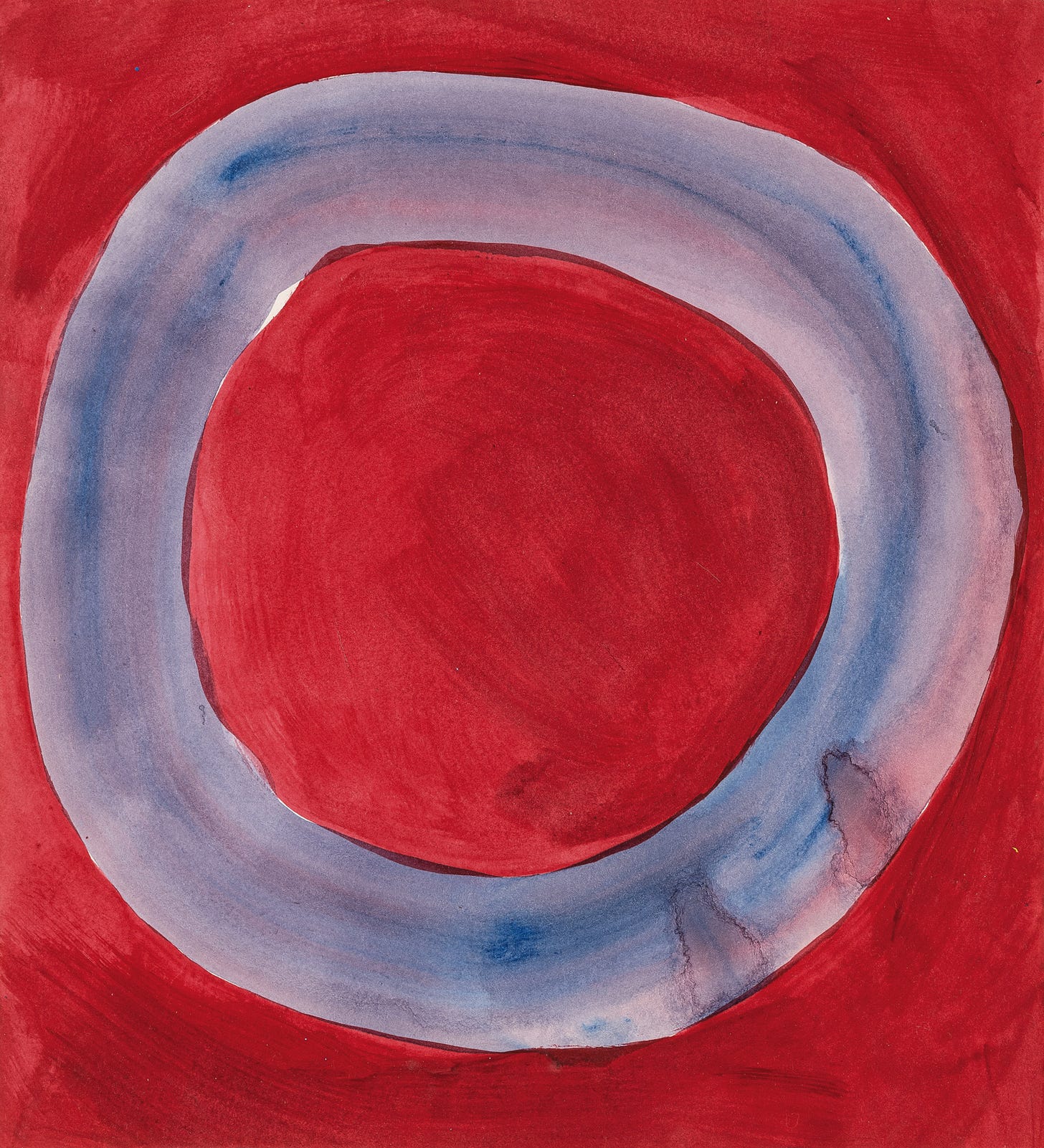Online Exhibition
30 June - 13 August
Link to OVR
Wangsim is pleased to present Gutai: The Beginning, an online exhibition that explores the legacy of the historical art movement through masterworks by five of its founding members: Sadamasa Motonaga, Kazuo Shiraga, Shozo Shimamoto, Yozo Ukita and Jiro Yoshihara. The exhibition celebrates the Gutai Art Association – emerged in the mid-1950s in the creative void of a postwar Japan where the smothering sense of defeat mingles with old-school convention – and its effort to resolve the inherent contradictions between traditions of painting and the core tenets of a movement that called for experimentation, individuality, unexpected materials, and, perhaps above all, physical action and psychological freedom. Initially dismissed by Japanese critics as spectacle makers and labelled by the West as “mere followers of the Western approach”, the founding members of Gutai continued creating works which demonstrated a freewheeling relationship between art, body, space and time. The ideas of “play”, humour and celebration were emphasized; the curiosity was entertained.
The first generation of Gutai artists not only unveiled the first chapters of Japanese modern art, leaving a legacy which inspired generations of creative expression to come, they also collectively marked a radical beginning of the break-through of the myriad boundaries and the constraints of painting and: the beginning of the new artmaking (namely, to create unprecedented art or “art that has never existed before” – an early Gutai artists slogan).
Gutai: The Beginning features two works on paper by Jiro Yoshihara, the visionary painter who formed the Gutai Art Association in 1954. Titled Untitled (No. 5239), the mid-sized watercolor on paper piece on view is an important example of Yoshihara’s famed ‘circle’ series, one of the most important bodies of work to emerge from the Gutai movement. For a decade Yoshihara practiced circle works where stretched canvas or paper is married to watercolor, oil and ink – works that occupy a liminal realm between painting and mind. When encountering Untitled (No. 5239), the eye – capturing seemingly none at first – quickly perceives complexity from the minimal composition, with its subtle gradations of colors and the different translucency. Enlightened by Zen traditions, Yoshihara believed that the circle represents void and substance, emptiness and completion, and the union of painting, calligraphy, and meditation.
The presentation also includes two important recent works by Yozo Ukita, one of the early Gutai members best known for his colorful gestural abstraction works, and his major contribution as well in art education for children initially through his editorship of Kirin (Giraffe), a children's magazine that experimented with merging modern art and literature intended to encourage free thinking among children. In Ukita’s later works, those spontaneous free-hand drawings are established carefully through dense strips and adopted an Informel-style impasto painting techniques that exploited the materiality of oil paint. ‘His (Ukita’s) works’ surface is like that stripped from an asphalt road’, Ukita’s wife once said in a magazine interview.
Two of the early Gutai-era works on paper by Sadamasa Motonaga are also highlighted in the presentation. Soon after officially joining the Gutai Art Association in 1955, Motonaga started to depict cartoon-like forms in dense oil paint, but by 1957, at the suggestion of French art critic Michel Tapié, he began experimenting with abstractionism. In his two works on view, Motonaga was inspired by the ‘tarashikomi’, the traditional Japanese painting technique of dropping one color on to another while the first was still wet. Appeared to be arranged by chance, those wordless, biomorphic shapes on paper were created through precise control of the watercolor and brush: Black ink is dripped in on lighter wet ink to create velvety gradations. Colors spread with a dynamic directionality in the absence of imposed limits and, blending and transforming, they brim with a spirit of organic allure.
Important works by two other best known Gutai artists internationally, Kazuo Shiraga and Shozo Shimamoto are also included in the exhibition.
in case you’ve missed…




